NAVAL DOCTRINE DEVELOPMENT &
WARFARE INNOVATION
- coordinating naval concept development
- developing integrated naval doctrine to support expeditionary warfare, littoral operations, war-at-sea, and military operations other than war
- providing a coordinated Navy-Marine Corps voice in joint and multinational doctrine development
- facilitating information exchange between operational commands and centers of excellence
NAVY PROGRAM PLANNING
OPNAV Organization
Navy Integrated Warfare Architectures Assessment & Planning Process
|
|
|
Information Superiority/Sensors

- Access and assurance of radio-frequency spectrum
- Sensors and primary detection systems
- Local, operational, regional, and global area networks, communications, and information distribution services
- Command and control
- Intelligence, Surveillance, and Reconnaissance; Meteorology, and Oceanography
- Navigation
- Information Operations
Sea Dominance
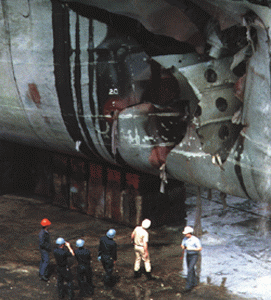 surface warfare superiority, and anti-submarine warfare superiority.
surface warfare superiority, and anti-submarine warfare superiority.
Air Dominance
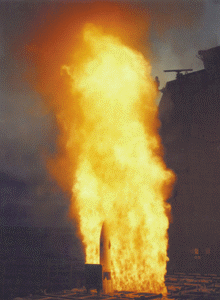
Power Projection
 They can make the scale of a naval or joint strike sufficient to shock adversaries into submission or to paralyze their ability to react; and they can sustain the strikes long enough to weaken an aggressor's resolve.
They can make the scale of a naval or joint strike sufficient to shock adversaries into submission or to paralyze their ability to react; and they can sustain the strikes long enough to weaken an aggressor's resolve.
Deterrence
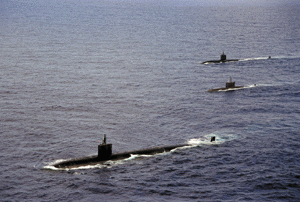
Sustainment
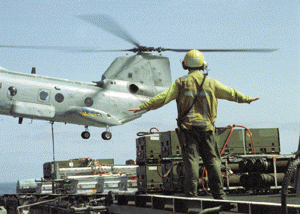 Maritime Prepositioning Force ships, Ready Reserve Force strategic sealift assets, and ordnance.
Maritime Prepositioning Force ships, Ready Reserve Force strategic sealift assets, and ordnance.
Infrastructure
 our challenge will be to find ways to support our infrastructure using a smaller percentage of Navy resources while maintaining acceptable quality of life and operational standards.
our challenge will be to find ways to support our infrastructure using a smaller percentage of Navy resources while maintaining acceptable quality of life and operational standards.
Manpower & Personnel
Readiness
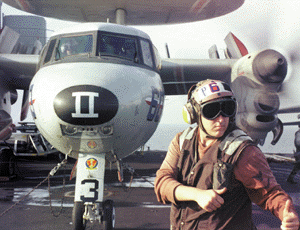
Training & Education
Technology
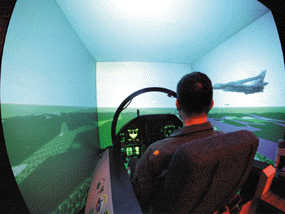
Force Structure
CPAM Outbriefs


